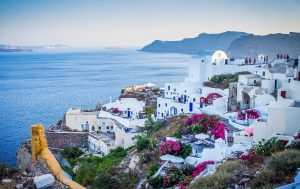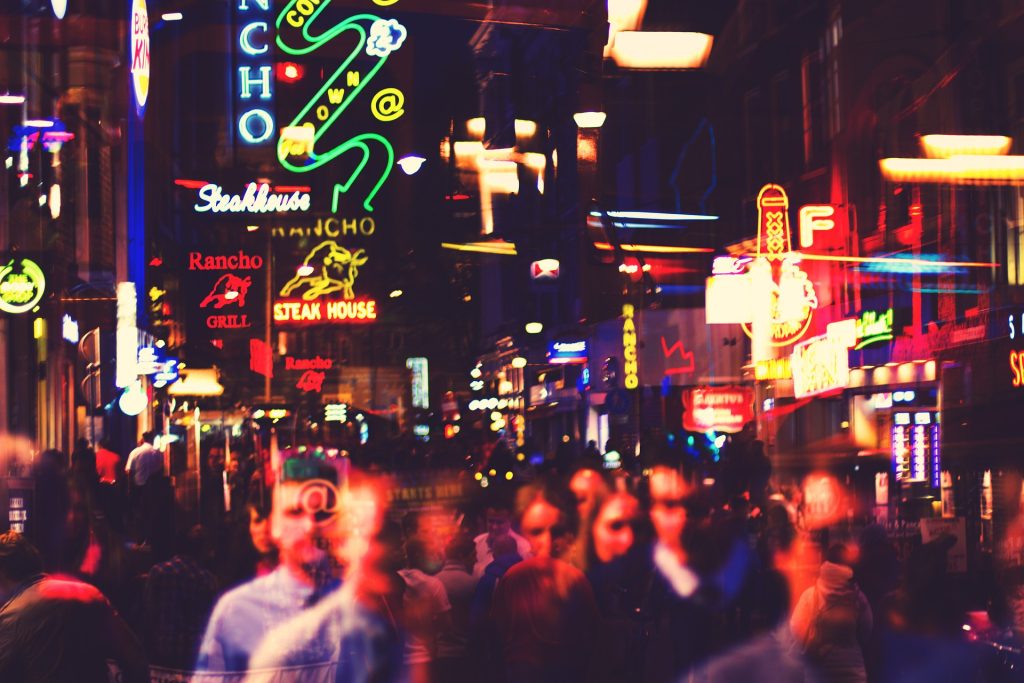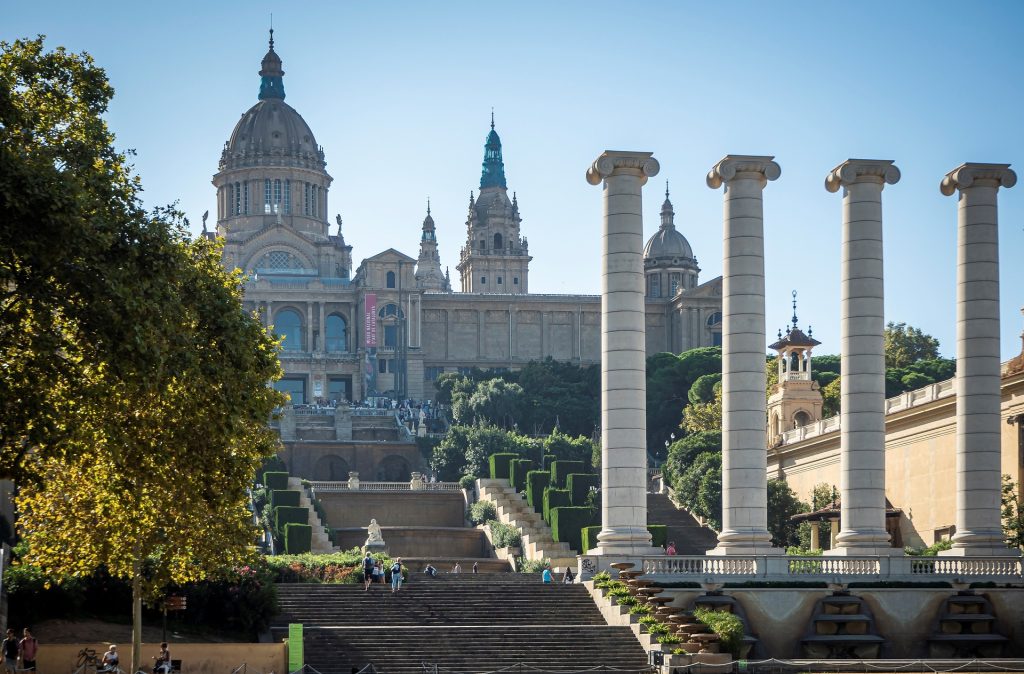 1. Introduction
1. Introduction
Santorini, with its stunning sunsets, whitewashed buildings, and crystal-clear waters, has become a symbol of idyllic travel in Greece. It’s no surprise that millions of tourists flock to this volcanic island every year to experience its unique beauty. However, beneath the postcard-perfect facade, many Santorini locals are feeling the weight of overtourism. Why are the island’s residents increasingly vocal about their desire for fewer tourists?
2. A Brief Overview of Santorini
Santorini is one of the Cyclades islands in the Aegean Sea, famed for its dramatic views, turquoise waters, and distinctive architecture. The island’s unique landscape was shaped by a massive volcanic eruption, leaving behind a stunning caldera that attracts travelers from all over the world.
The villages of Oia and Fira are perhaps the most iconic spots, where tourists gather to witness the breathtaking sunsets. However, despite its small size—just about 15,000 residents—the island welcomes over 2 million tourists annually, putting significant strain on its infrastructure, environment, and community.
3. The Local Perspective
While tourism is the backbone of Santorini’s economy, locals are increasingly frustrated by the overwhelming number of visitors. Here are the key issues Santorini’s residents are facing:
- Overcrowding: During peak tourist season, the narrow streets of Oia and Fira are packed with visitors, making it difficult for locals to go about their daily lives. The island’s infrastructure was not designed to handle such large crowds, leading to traffic jams, long lines, and overcrowded public spaces.
- Environmental Damage: Santorini’s fragile ecosystem is struggling under the weight of mass tourism. The island faces issues such as water scarcity, pollution from cruise ships, and erosion due to the sheer number of visitors. Popular beaches and hiking trails, like those leading to the Red Beach or the caldera, are showing signs of wear and tear.
- Housing Crisis: As in other tourist hotspots, short-term rentals like Airbnb have driven up housing costs, making it nearly impossible for locals to find affordable housing. Many homes in prime locations have been turned into vacation rentals, forcing long-time residents to move away from the main villages.
4. The Impact of Overtourism
Santorini is a prime example of how overtourism can negatively impact a destination. The influx of visitors has created a range of problems, from environmental degradation to social and economic challenges:
- Infrastructure Strain: Santorini’s roads, sewage systems, and public transportation are under constant strain. The island’s limited resources are stretched thin, especially during the peak summer months. Water, which is already scarce on the island, is further depleted by the demands of hotels, restaurants, and cruise ships.
- Cruise Ship Overload: Santorini is a popular stop for Mediterranean cruises, with thousands of passengers disembarking every day. This influx of day-trippers overwhelms the island, particularly in the smaller villages like Oia, where the narrow streets quickly become congested. The environmental impact of cruise ships, from air and water pollution to waste disposal, is also a major concern for locals.
- Loss of Authenticity: As tourism continues to dominate the island, many traditional aspects of Santorini’s culture are being lost. Local businesses are being replaced by tourist shops, and many areas of the island now cater primarily to visitors rather than residents. The island’s iconic spots, like the blue-domed churches and cliffside paths, are often packed with people, making it difficult to experience the serenity and beauty that once defined Santorini.
5. Respectful Travel Tips
If you’re planning to visit Santorini, it’s essential to do so in a way that respects the island’s environment and local community. Here are some tips for responsible tourism:
- Visit During the Off-Season: Avoid visiting during the peak summer months (June to August), when Santorini is most crowded. Instead, consider traveling in the shoulder seasons—spring (April to May) or fall (September to October)—when the weather is still beautiful but the crowds are smaller.
- Support Local Businesses: Skip the tourist chains and seek out locally-owned restaurants, shops, and accommodations. This ensures your money stays within the local economy and helps support small businesses struggling to compete with the influx of large, tourist-focused enterprises.
- Limit Cruise Ship Tourism: If possible, avoid visiting Santorini as part of a cruise. Instead, spend more time on the island by booking a stay, allowing you to explore the lesser-known areas and have a more meaningful experience while reducing the negative environmental impact.
- Respect the Environment: Santorini’s ecosystem is delicate. Be mindful of water usage, especially in hotels, as the island faces significant water shortages. Stick to designated paths on hiking trails to avoid further erosion and avoid littering, especially in remote areas.
6. Ethical Considerations
Visiting Santorini raises important ethical questions for travelers. Should we continue to visit destinations that are clearly suffering from overtourism, or should we seek alternatives? As tourists, it’s essential to recognize our impact on local communities and environments.
While tourism is vital to Santorini’s economy, the excessive number of visitors is having detrimental effects on the island. Ethical travelers can help alleviate some of these pressures by making mindful choices—staying longer, avoiding peak times, and supporting sustainable practices.
7. Alternatives to Santorini
If you’re looking for an alternative to Santorini that offers similar beauty without the overwhelming crowds, consider visiting other Greek islands or destinations in the Mediterranean:
- Naxos: Known for its stunning beaches and rich history, Naxos offers a quieter, more laid-back atmosphere while still boasting beautiful views and authentic Greek culture.
- Milos: Another volcanic island in the Cyclades, Milos is known for its dramatic coastline and crystal-clear waters. It’s a lesser-known gem compared to Santorini, with fewer tourists and a more relaxed vibe.
- Paros: With its charming villages, pristine beaches, and excellent windsurfing conditions, Paros is an ideal destination for those looking to experience the beauty of the Cyclades without the crowds.
8. Conclusion
Santorini’s beauty is undeniable, but the island’s residents and environment are feeling the strain of overtourism. As travelers, we have a responsibility to ensure that our visits don’t contribute to the challenges locals face. By traveling responsibly, supporting local businesses, and respecting the environment, we can help preserve Santorini’s unique charm for future generations.

